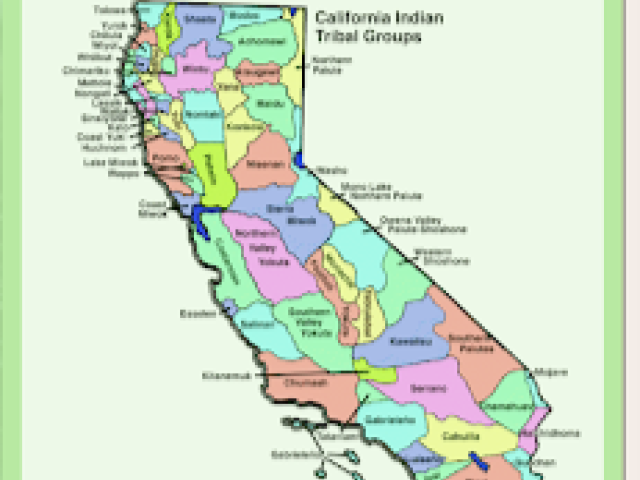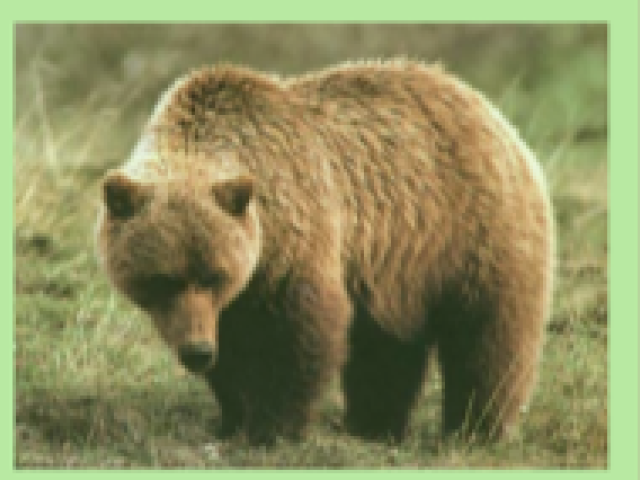Connected California: Grizzly Bears
Grades 3-5 Curriculum Unit
Lessons
Unit Core Themes: History and Sovereignty | Cultural Strengths and Indigenous Knowledge Systems
Environmental Relationships and Stewardship | Science, Civics, and ELA Integration
Unit Summary
The Connected California: Grizzly Bears unit is a dynamic, interdisciplinary educational experience designed for students in grades 3–5 that weaves together history, science, English language arts, and visual arts through the lens of California Native American knowledge and perspectives. Centered around the ecological and cultural significance of grizzly bears, this unit encourages students to investigate the historical presence and extirpation of grizzlies in California, their role in traditional Indigenous lifeways, and contemporary efforts to restore balance between wildlife conservation and human activity. Through powerful video storytelling featuring Tribal leaders, scientists, and cultural practitioners, students explore themes of climate change, sustainability, and Indigenous environmental stewardship. Lessons emphasize essential concepts such as interdependence within ecosystems, the importance of respect and reciprocity with nature, and the resilience of Native communities.
This unit is a cross-curricular, standards-aligned educational resource. Rooted in Indigenous knowledge systems and environmental science, the unit explores the ecological, cultural, and historical significance of grizzly bears in California. Engaging activities, including discussions, creative expression, group research, and ecosystem modeling are designed to promote critical thinking, collaboration, and empathy. The unit not only deepens students’ academic understanding but also invites them to reflect on their own responsibilities to the land and to consider how Indigenous values can inform more sustainable futures. This unit not only builds academic skills but also fosters cultural awareness, environmental responsibility, and civic engagement among young learners.
Unit Objectives
Students will identify how climate change impacts Indigenous communities.
Students will evaluate strategies Indigenous communities use to adapt to environmental changes.
Students will present their understanding through creative expression and group discussion.
Students will understand the historical presence of grizzlies in California and why they were extirpated.
Students will analyze the challenges and benefits of reintroducing grizzlies to California ecosystems.
Students will evaluate and present strategies for balancing wildlife conservation and human activity.
Students will investigate the importance of traditional cultural practices in environmental sustainability and conservation.
Students will understand the role of grizzly bears in their ecosystem.
Students will explore the concepts of respect, reciprocity, and reverence within Indigenous knowledge systems.
Students will understand how these values contribute to sustainable practices and environmental conservation.
Students will reflect on the importance of maintaining balanced relationships with the land and nature.
Students will apply these concepts by discussing ways they can show respect, reciprocity, and reverence for their local environment.
Students will learn from California Native American perspectives.




